These Are the 5 Pieces of Clothing Every 20-Something Should Get Tailored
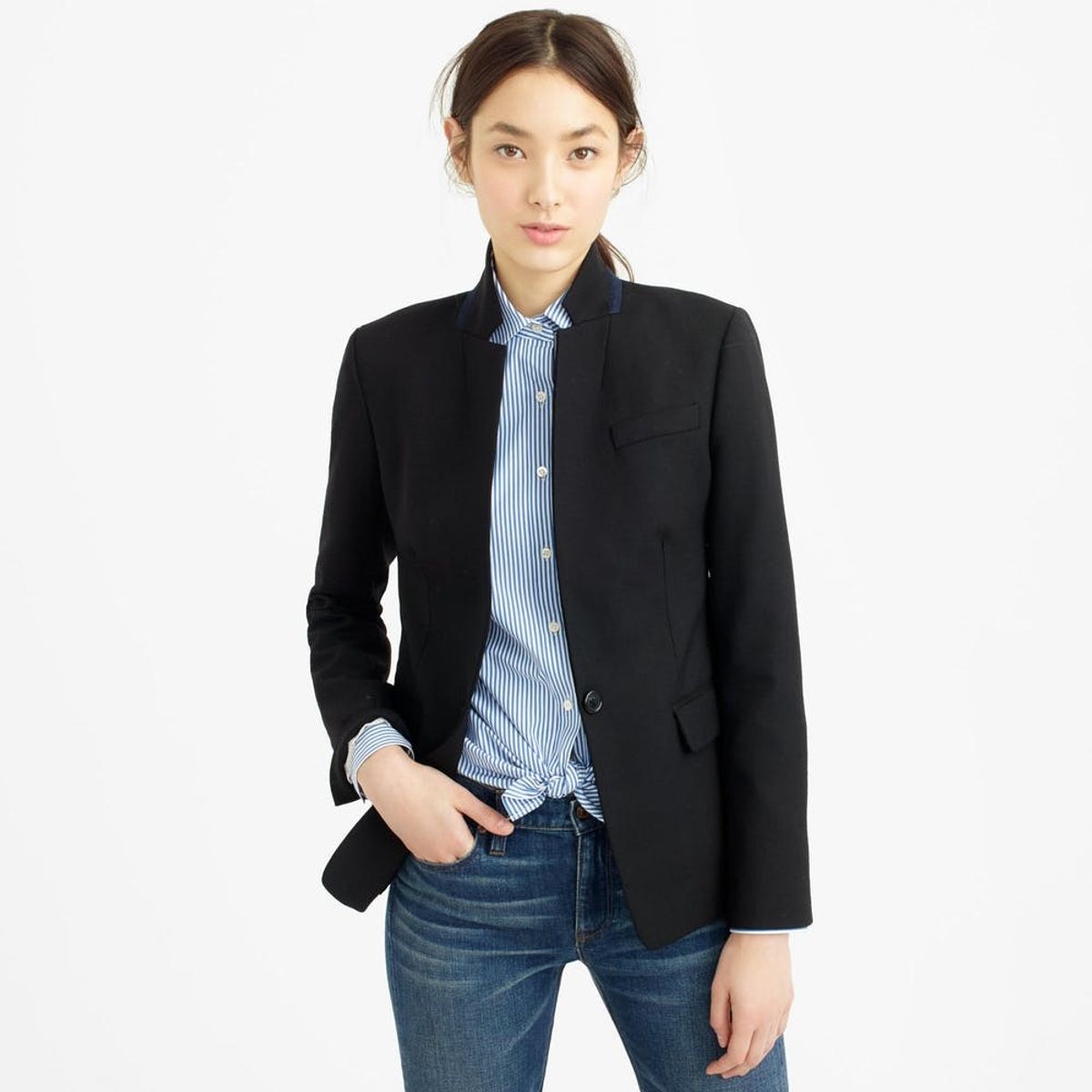
Back in the day, tailoring and customizing used to be the norm rather than the exception, which just might explain why everyone always looked so totally put together in vintage pics. Nowadays it’s pretty rare — that means the majority of us own a fair number of pieces that don’t fit quite the way we’d like them to, even if they’re supposedly the right size. Ever wondered why celebs always look amazing, no matter what they have on? It all comes down to tailoring. Because even a $5,000 dress can look cheap if it doesn’t fit correctly.
A well-fitting wardrobe means you’ll get more wear out of your clothes (ultimately saving you a few bucks) and a major confidence boost. Because girl, you look good. So instead of totally revamping your wardrobe by filling it with new duds, give it a much-needed refresh by tailoring what you already own. We talked to stylist Stacey Cunningham about all things alterations to find out where tailoring makes the biggest impact and how a few minor adjustments will transform your wardrobe. Here’s what she told us:
The Five Pieces You NEED to Tailor
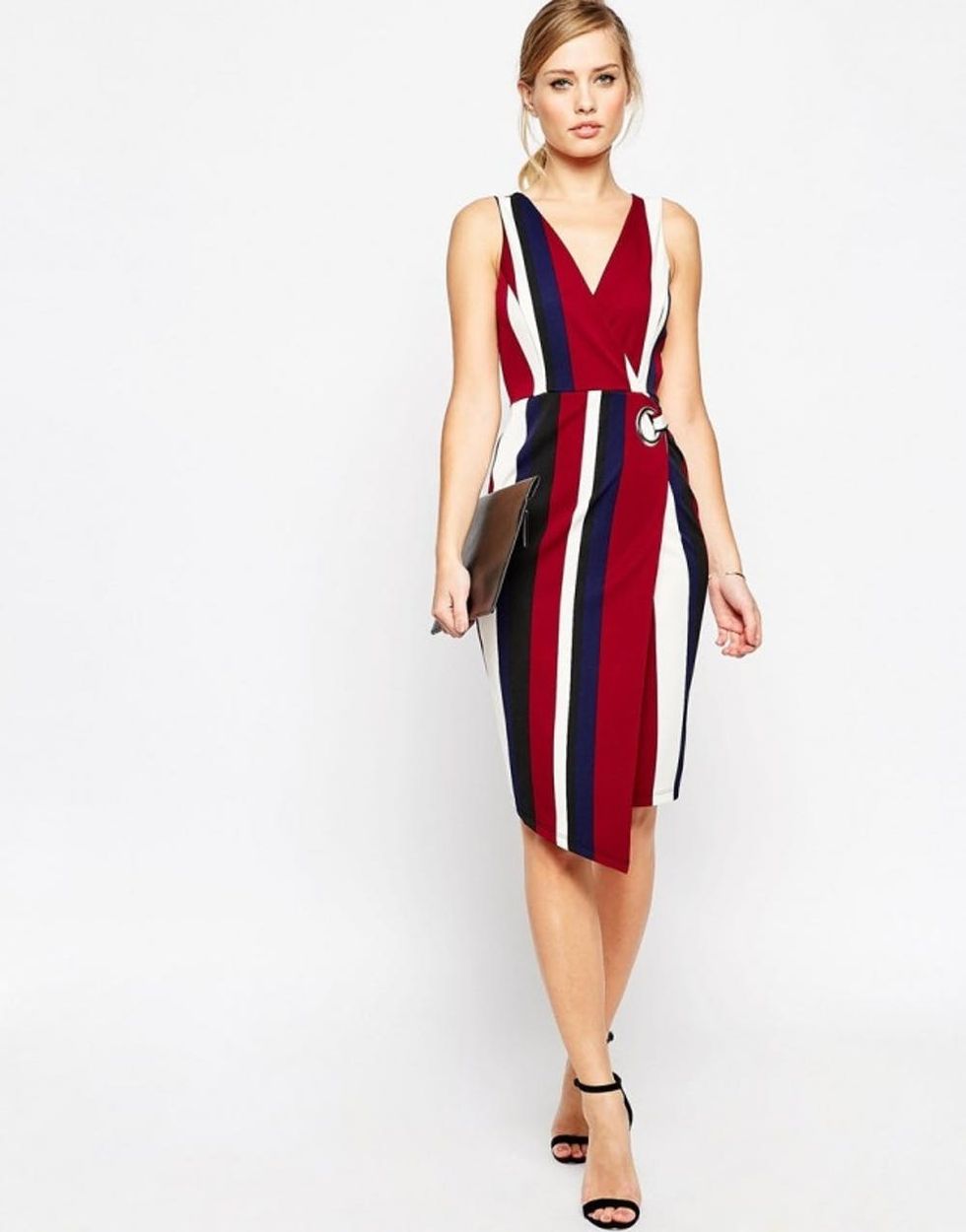
1. Dresses: “Always tailor for occasions: dresses for weddings, graduations or basically any event where loads of photos will be taken. Make sure when you go to the tailor for your fitting you bring your undergarments and shoes you will be wearing for the occasion.” If you’re a fan of frocks at the office, take your #girlboss game to the next level and have those altered too.
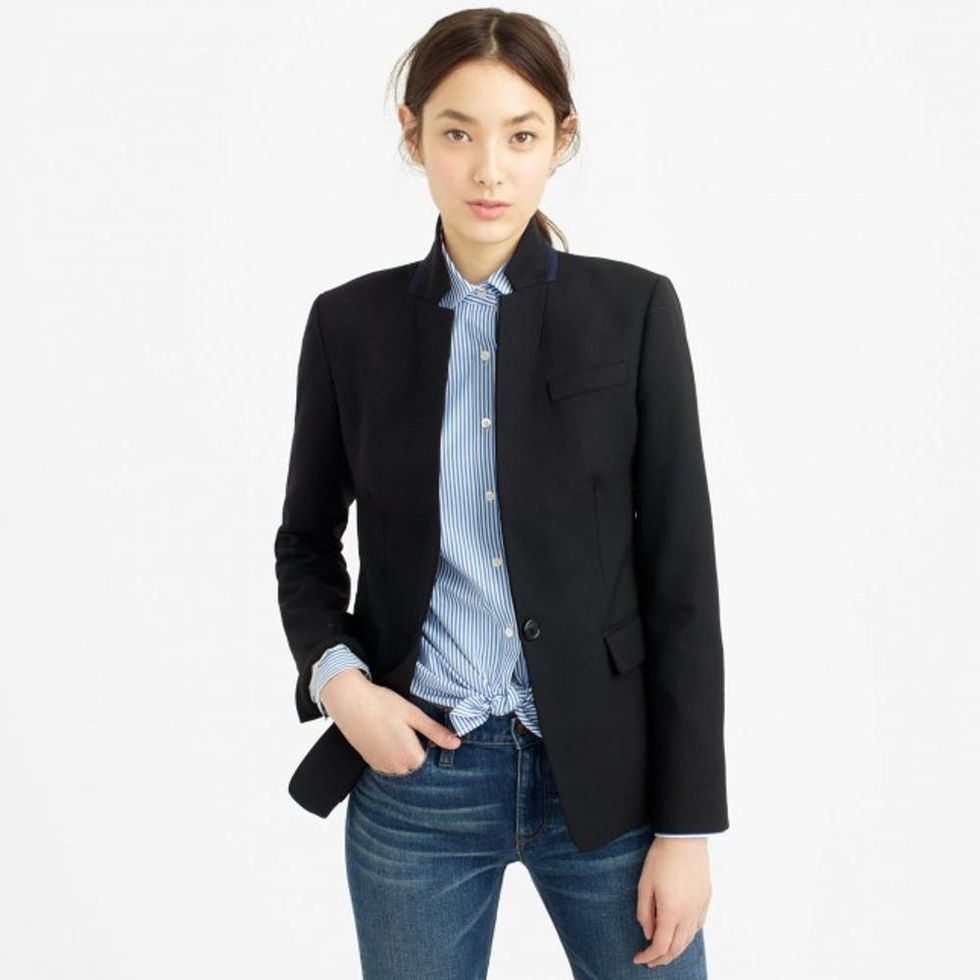
ASOS Wrap Pencil Dress in Bold Stripe Print With Eyelet ($77)
2. Blazers: These clean-cut jackets are closet heavyweights and get a lot of wear, so it’s worth putting in a little extra effort here. “The most important thing to look at with blazers is the length and fit of the sleeve. For length, you want it to hit at the most flattering and comfortable length.” When you find a fit you love, Cunningham recommends stocking up. “A good fit is hard to find, and retailers usually keep jacket cuts the same for years.”
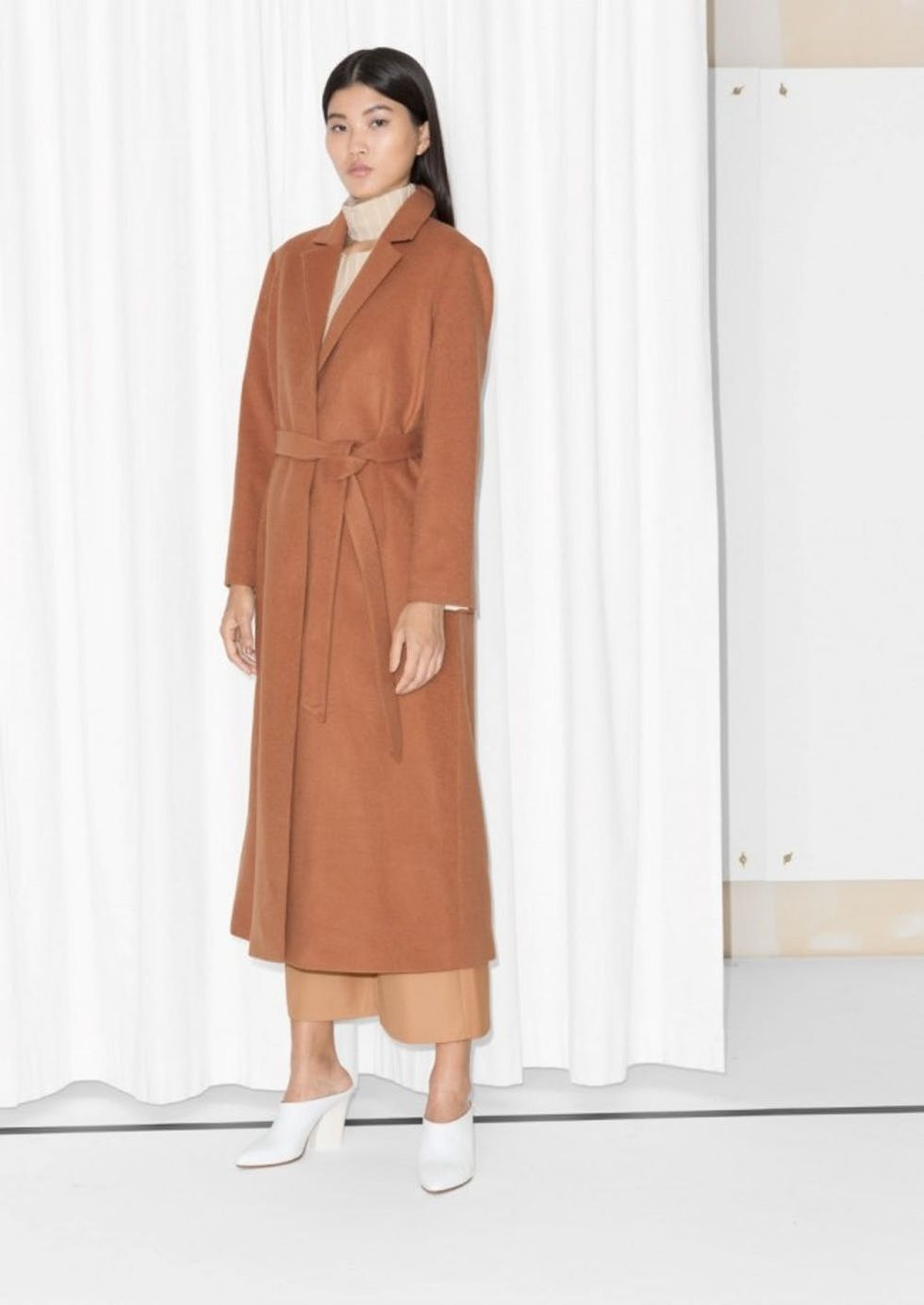
J. Crew Regent Blazer ($198)
3. Coats: A chic coat ensures you put your most stylish foot forward all winter long, but a few tweaks will make it look even better. “The only thing to really get tailored on a coat is length,” says Cunningham. “Sleeve slimness is less of a priority unless it is a dress coat.” Just as you would bring heels to a dress fitting, bring your thickest sweater along to a coat fitting to ensure the most accurate, comfortable measurements possible.
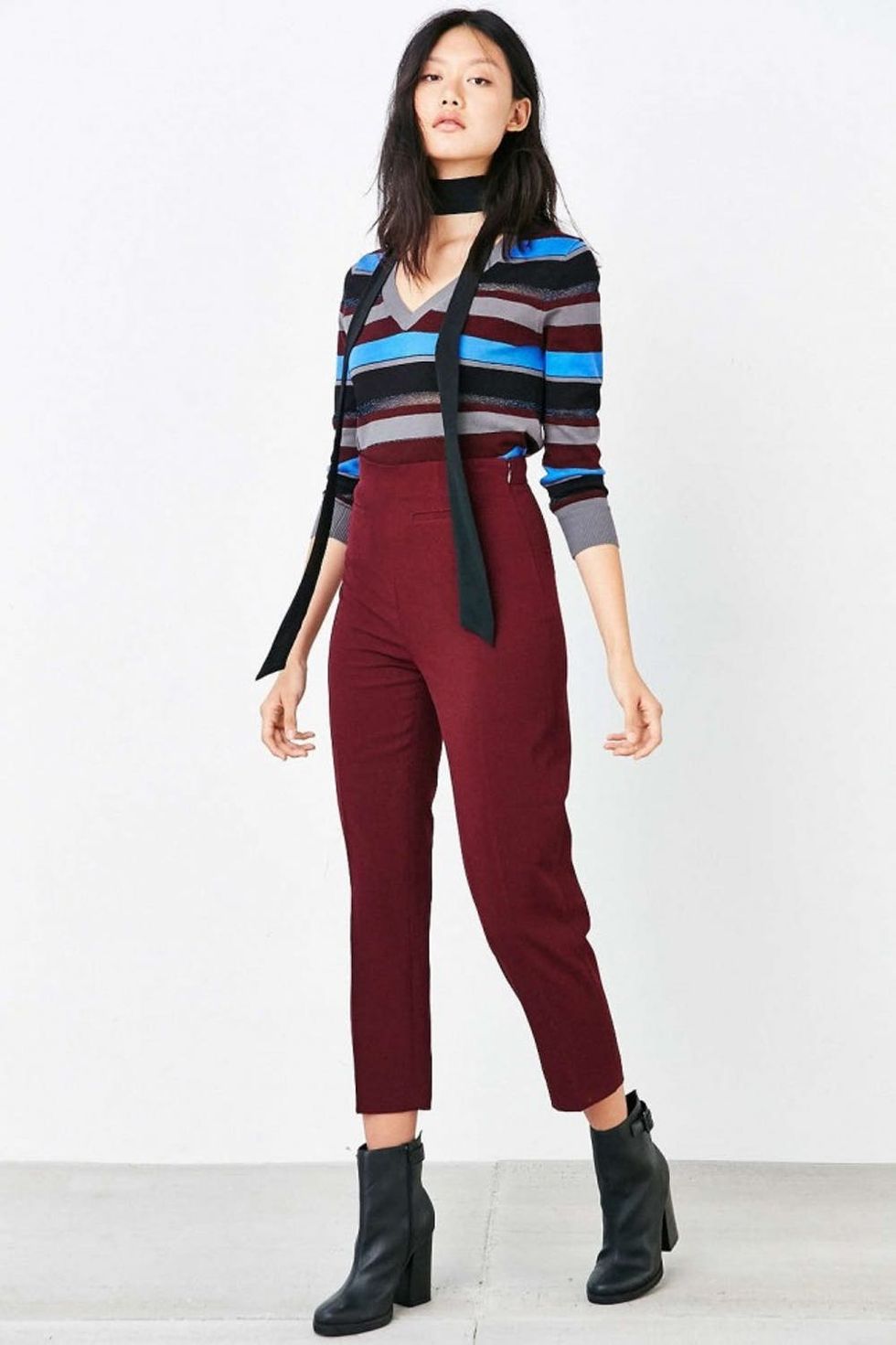
& Other Stories Long Waisted Wool Coat ($275)
4. Trousers: Shopping for pants is notoriously obnoxious. Finding a pair that makes you feel like a million bucks is a exercise in patience. Every brand has their own mind-boggling size system, which tend to fit perfectly in one spot, but are baggy or too tight in another. But this utterly bizarre system shouldn’t keep you from strutting your stuff in a style you love. Take Cunningham’s advice and go for fit around the waist and a pant style you love when shopping, then make a beeline for the tailor. They can adjust the length and kick pooling hems to the curb, as well as alter the overall fit through the leg. “Always make sure they look good on your backside and are a good length,” recommends Cunningham. “You can always ask your tailor to ‘tailor to un-tailor,’ or not to cut the length, so if you decide later you want more of a break at the bottom of your pants, you can still have them let down.”
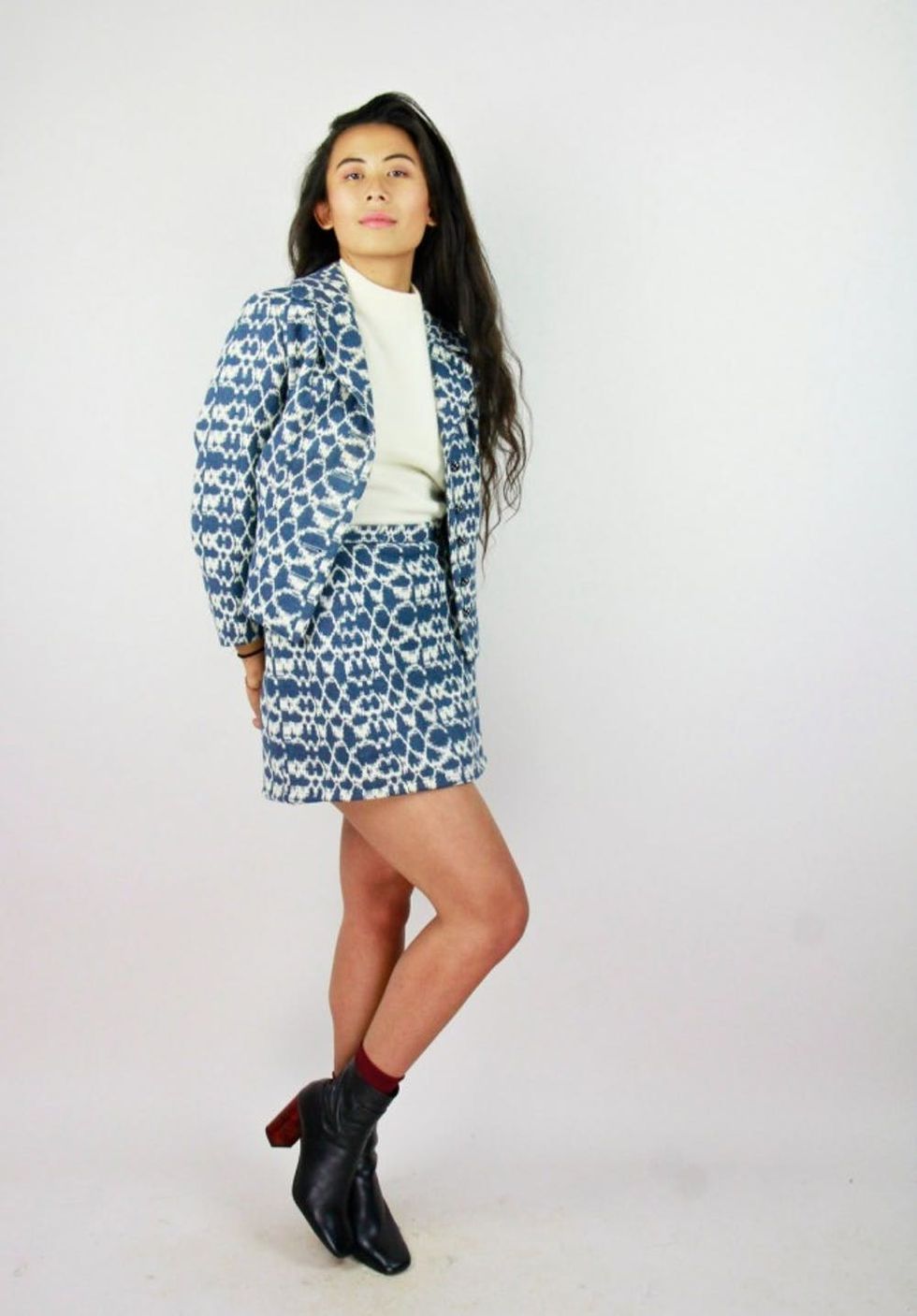
Kimchi Blue Pin-up Trouser ($79)
5. Vintage Finds: Vintage duds, like this printed two-piece, add character to a closet, but because they’re rare, you may not always be able to find them in your exact size (and keep in mind sizing was different back then anyway). This makes tailoring essential. “In the case of vintage, don’t be afraid to let your eye wander up from your true size. If you fall in love with a ’60s peasant dress, you can always have it tailored smaller to fit you,” says Cunningham. And don’t be put off by a little wear and tear. According to Cunningham, open seams are easy and inexpensive for tailors to fix.
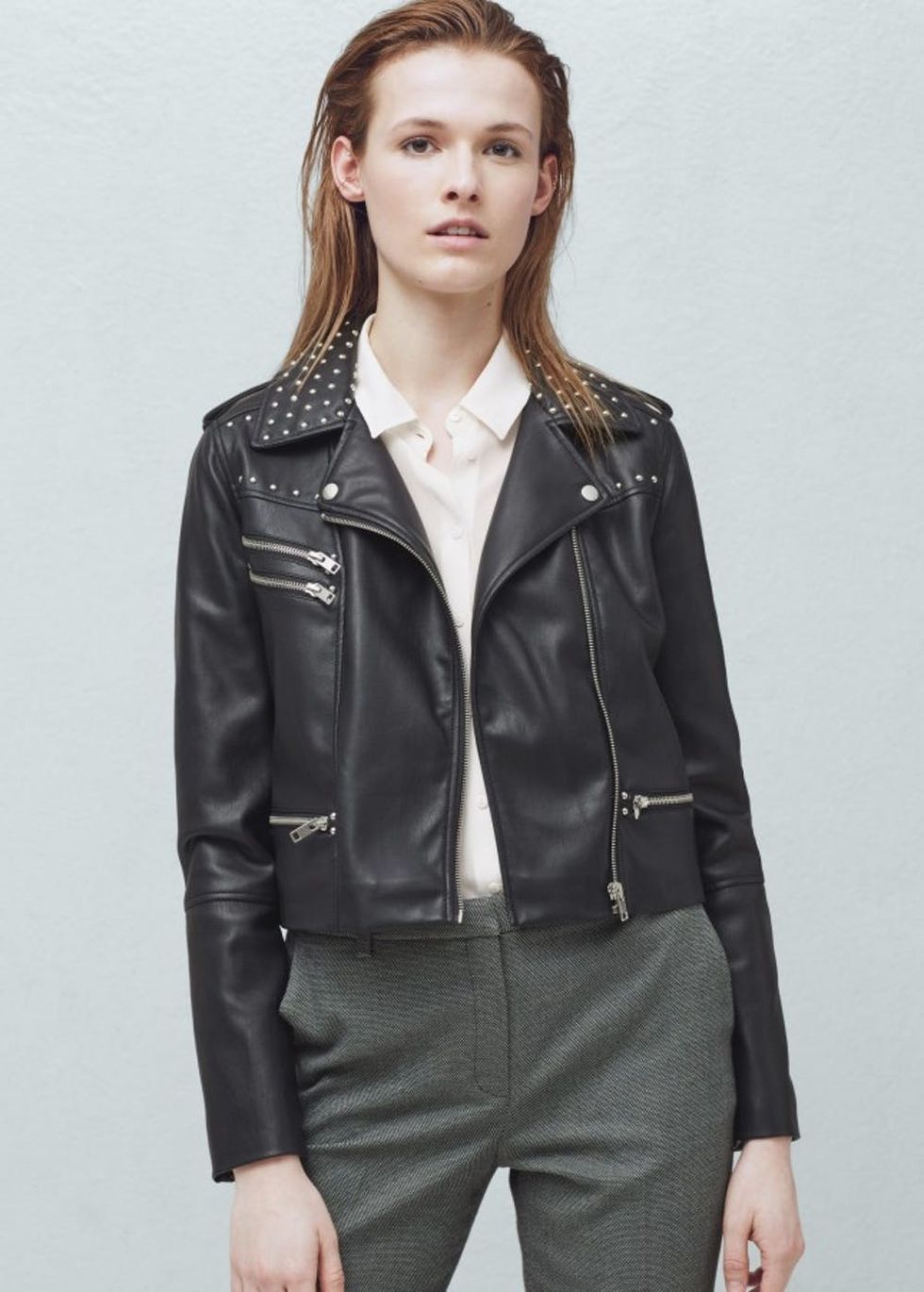
Bird on a Wire Vintage ’60s Two-Piece ($59)
1. Leather: Unless you’re ready to really invest in a piece and have a highly qualified tailor in mind, it’s best to pass on leather alterations. “Leather is very expensive to have tailored and it is a difficult textile for a tailor to work with. I buy leather one size down because it will stretch. I have a beloved Donna Karan moto jacket and Burberry leather trousers that I’ve had for about six years and both have stretched out one full size,” Cunningham explains. “They were a little snug when I first bought them but are perfectly fitted to my body now. Patience and wearing your new leather pieces are key!” If you’re set on professional intervention, she suggests heading to a trustworthy shoe repair shop. They know their stuff when it comes to leather, plus you’ll save some serious cash. “Just make sure you try on the leather item you’re having hemmed at home first and then either mark where you want it hemmed or write down the length you want the skirt hemmed to in inches.”
The Three Pieces You DON’T Need to Tailor
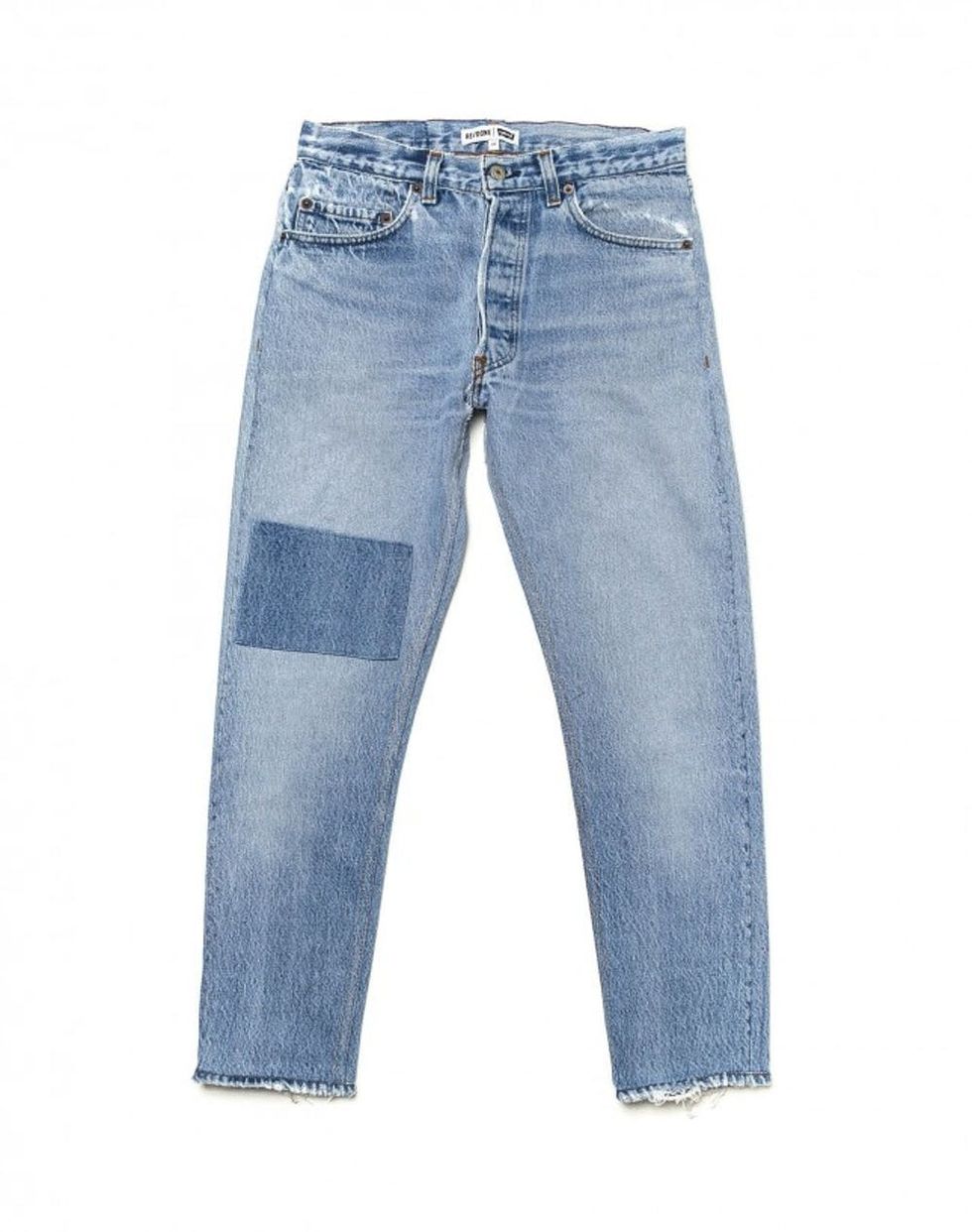
Mango Studded Biker Jacket ($120)
2. Denim: When it comes to denim, length is key. “Denim, like leather, is tricky to tailor, so when buying jeans, find a pair that fits you in the thighs and bum, then have them tailored for length,” says Cunningham. Since there isn’t a whole lot you can do when it comes to overall fit, you’re better off hunting down a brand and style you love and stocking up on a few pairs. “Also, check the tag or ask a saleperson how much stretch is in a jean. If there’s not much stretch at all you may want to consider buying a size down, as the denim will grow and stretch with your body as you wear them and move around all day.”
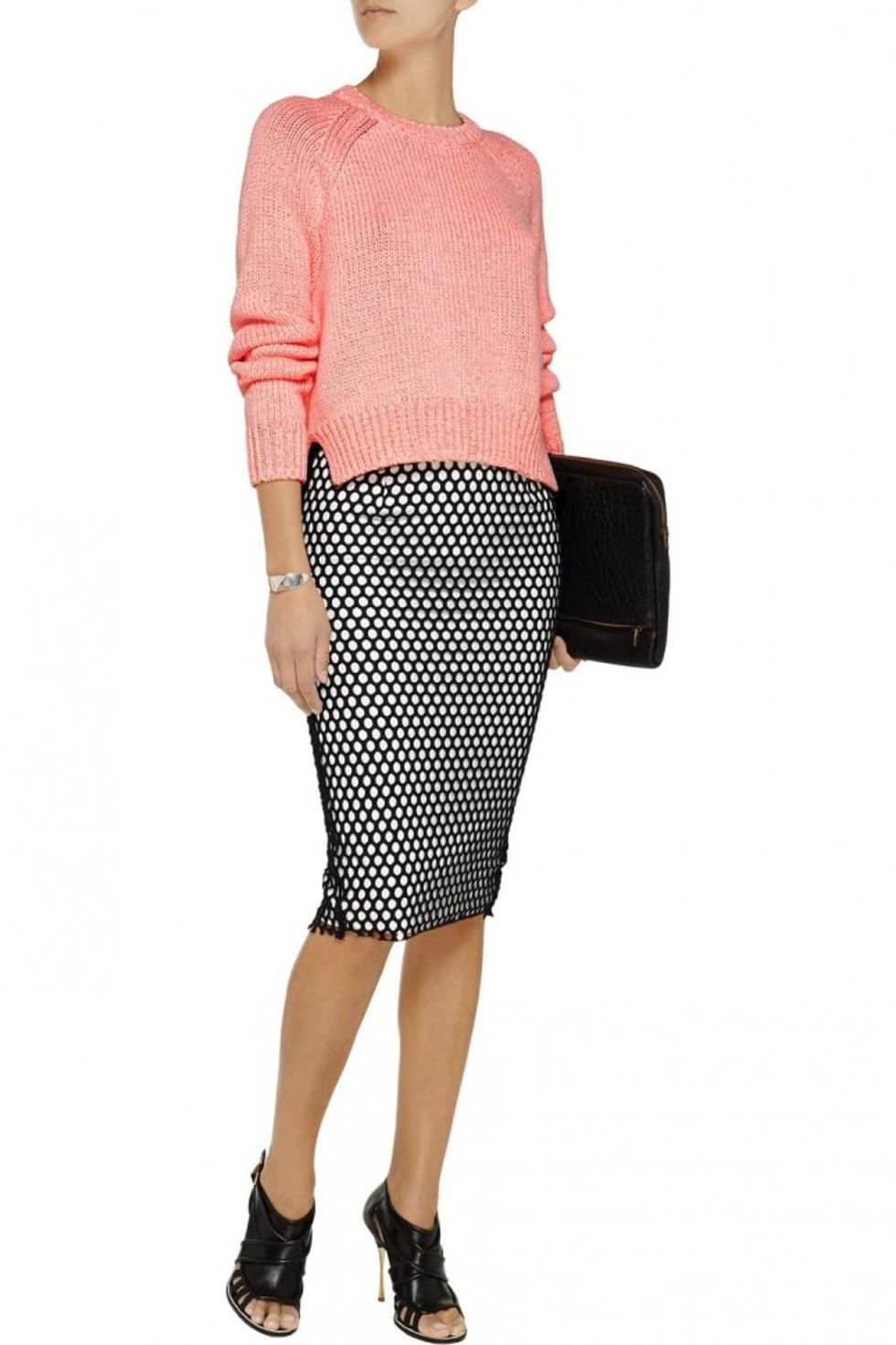
Re/Done High Rise Ankle Crop ($264)
3. Knits: While it’s not impossible to make changes to a much-loved sweater, some constructions and seams are not good candidates for alterations. “Check the seams of your knits – they will either be ‘fully fashioned’ (this is usually very expensive) or ‘cut and sew.’ Cut and sew will be found at most non-luxury retailers and will have clearly sewn seems when you look inside the garment. These can be tailored, but may become bulky. Keep in mind when shopping for sweaters that they may also ‘grow’ over time, as knits become loose.”



















